Abstract
Vietnam’s national security is shaped by a complex interplay of geopolitical, environmental, and technological challenges. Key threats include strategic competition between major powers, gray zone tactics in the South China Sea, and the profound impacts of climate change. The country also faces emerging risks from cyberattacks and the socioeconomic disruptions caused by advanced technologies. Vietnam has adopted a holistic approach to address these challenges, emphasizing sovereignty, sustainable development, and international cooperation.
Vietnam’s Indo-Pacific strategy prioritizes multilateralism, ASEAN centrality, and bilateral partnerships with key nations such as Japan, India, and the US. This balanced approach reinforces Vietnam’s commitment to a rules-based regional order while safeguarding its security and economic interests.
Vietnam’s security and foreign policy are heavily influenced by the rivalry between the US and China, perceived to have the “most substantial long-term impact on Vietnam’s security.” It encompasses economic, technological, and military dimensions. The rivalry affects Vietnam’s autonomy and compels it to balance economic and security partnerships. While the US-China competition poses risks to regional stability, Vietnam also tries to benefit from navigating the competition without entangling in conflicts: “Strategic competition among major powers can enhance Vietnam’s geopolitical significance and attract investment.”
“The US-China strategic competition (…) can undermine regional cooperation and integration efforts as countries are incentivized to prioritize bilateral relationships with major powers over multilateral engagement. Strategic competition could divert resources and attention away from pressing regional challenges, such as climate change, poverty, and transnational crime.
China’s activities in the South China Sea, such as “the deployment of maritime militias, coast guard vessels, and artificial island-building,” challenge Vietnam’s territorial claims and economic interests. These actions exploit gaps in international law, creating long-term tensions. The “uncertainty and instability” of the conflict poses significant challenges to regional economies – disrupting trade flows and investments in the region. It could further “strain diplomatic relationships” and drive up the cost for the exploitation of natural resources such as gas and oil. “Vietnam’s response involves “strengthening its maritime capabilities, enhancing surveillance, and pursuing diplomatic and legal measures.” Despite the challenges, such disputes also drive Vietnam’s defense modernization and alliances with like-minded nations.
Strengthening legal frameworks, enhancing diplomatic engagement, and building regional cooperation are essential steps toward mitigating the risks associated with gray zone activities. With these, the region can have a more stable and predictable security environment where disputes are resolved peacefully, and international laws are upheld.
Climate change poses a severe threat to Vietnam’s socioeconomic stability. Rising sea levels, natural disasters, changing rainfall patterns and resource scarcity impact agriculture, infrastructure, and communities. According to World Bank data, “Vietnam lost approximately $10 billion (3.2% of its GDP) in 2020 because of climate change.” The Mekong River, a “vital source of water, food, and energy” is particularly vulnerable. “Disruptions to the river’s flow and health can lead to resource conflicts, affecting ASEAN’s stability and potentially causing reverberations throughout the region.” Vietnam has integrated climate adaptation into its development plans and participates in regional initiatives to address these risks. On the other hand, climate change allows Vietnam to “innovate green technologies and build resilience through sustainable practices.”
The social and economic implications of climate change in the Mekong subregion are significant. The loss of agricultural productivity and decline in fisheries could lead to food insecurity and economic hardship (…) The displacement of communities due to sea-level rise and other climate-related impacts could create new social and political tensions.
Other threats to Vietnam’s national security include “regional and global pandemics, cyberattacks, supply chain disruptions, and socioeconomic disruptions caused by emerging technologies.” These further non-traditional security threats may cause far-reaching impacts on employment, economic disparities, civil order and the social welfare system. Ethical and legal challenges concerning AI “require careful consideration to ensure responsible development and deployment.”
Indo-Pacific Approach
Vietnam’s Indo-Pacific strategy is deeply tied to its commitment to multilateralism and ASEAN centrality. By supporting frameworks like the ASEAN Outlook on the Indo-Pacific, Vietnam ensures that its policies remain inclusive and reflective of regional interests. It actively contributes to initiatives like the East Asia Summit, which promote dialogue and regional stability – at the same time Vietnam aims to “maintain strategic autonomy and balance relationships with the major powers.”
Vietnam’s support for the negotiation of the Code of Conduct in the South China Sea, emphasizes its dedication to a rules-based regional order.
Vietnam’s approach to the Indo-Pacific concept is guided by its foreign policy principles, which include independence, self-reliance, multilateralism, and diversifying external relationships. It seeks to promote a peaceful, stable, and inclusive regional order that upholds international law and respects the sovereignty and legitimate interests of all nations.
Vietnam also balances its participation in major economic frameworks such as the Comprehensive and Progressive Agreement for Trans-Pacific Partnership (CPTPP) and Regional Comprehensive Economic Partnership (RCEP), which integrate the country into global trade networks while diversifying its economic ties. Moreover, the country has deepened bilateral ties with key partners such as Japan, India, and the US to enhance its strategic position in the Indo-Pacific.
This summary is based on the “Vietnam” report by Vũ Lê Thái Hoàng and Ngô Di Lân for the KAS project “Risk and Threat Perception in the Indo-Pacific” and was created with the help of generative AI.



